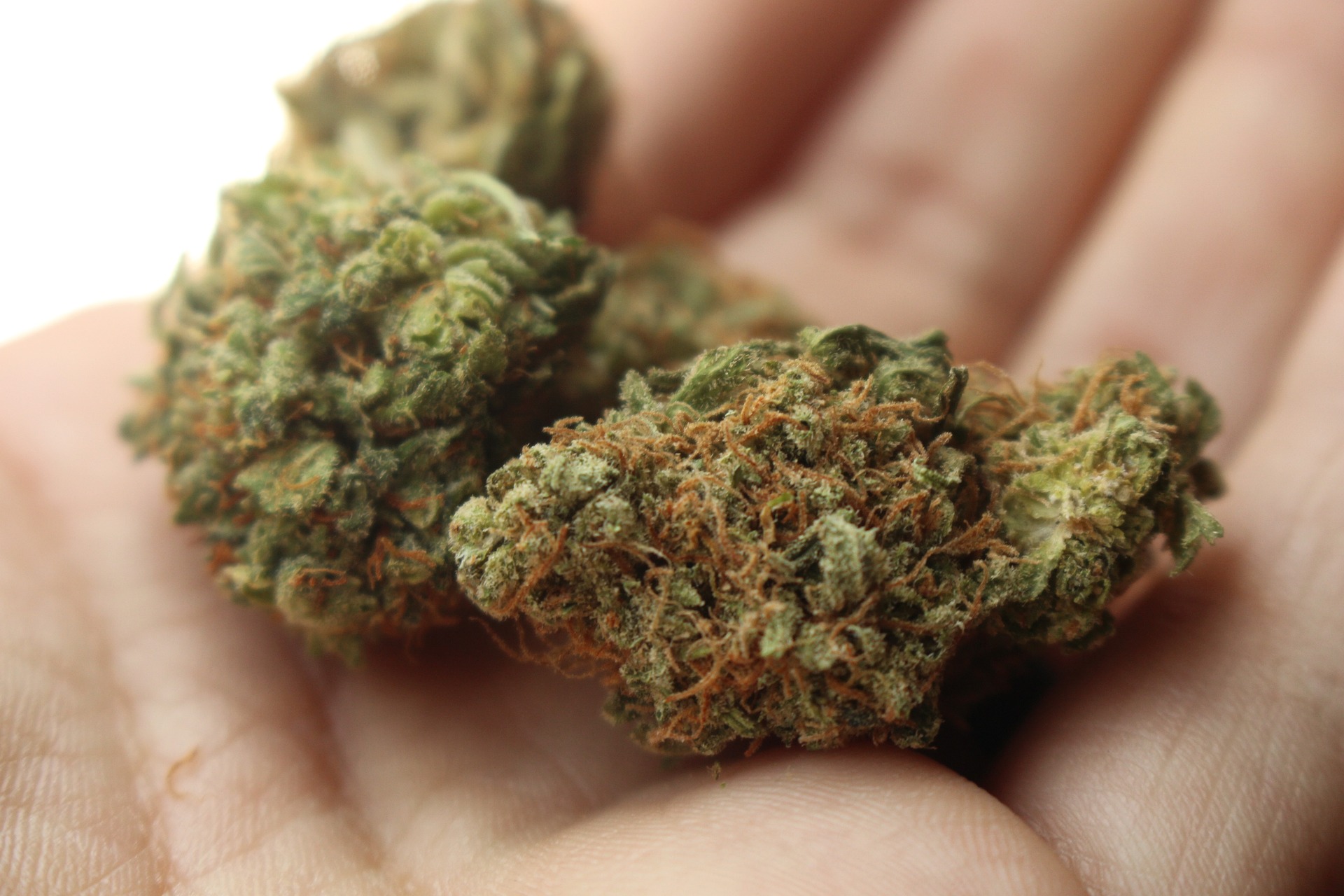THC-A, also known as tetrahydrocannabinolic acid, is one of the many compounds present in the cannabis plant. Unlike THC (tetrahydrocannabinol), which is the main psychoactive component in marijuana, THC-A is non-psychoactive. This implies that it does not cause the “high” associated with marijuana usage.
Despite being non-psychoactive, THC-A is of great interest to researchers and medical professionals due to its potential therapeutic benefits. In this article, we will discuss what THC-A is, how it works, and its possible therapeutic uses.
What is THC-A?
THC-A is a naturally occurring compound that is found in the resin of the cannabis plant. It is considered to be the acidic precursor to THC, as it is converted into THC through a process called decarboxylation.
When THCA is heated, a process called decarboxylation occurs. This process converts THCA into THC, which is the compound responsible for the psychoactive effects of marijuana. Decarboxylation can occur naturally over time, but heating the cannabis at a specific temperature and time can speed up this process.
The process of decarboxylation happens when THCA is heated, for example, when smoking or vaporizing it or when cooking with marijuana. The heat activates the THCA and converts it into THC, which is what causes the psychoactive effects of marijuana.
It’s worth noting that the temperature and time at which decarboxylation occurs can vary depending on the method used. Generally, the optimal temperature for decarboxylation is around 220-230°F (104-110°C), and it takes around 30-45 minutes. Lower temperatures and longer times will preserve more of the THCA and other cannabinoids but will also require more cannabis to achieve the desired effect.
How Does THC-A Work?
THC-A interacts with the human body’s endocannabinoid system (ECS). The ECS is a complex system of receptors and enzymes that helps regulate various physiological processes, including pain, mood, appetite, and memory.
When THC-A binds to the cannabinoid receptors in the ECS, it stimulates the release of neurotransmitters, which can have therapeutic effects on the body. However, because THC-A is non-psychoactive, it does not produce the “high” associated with marijuana use unless it has been decarboxylated.
Potential Therapeutic Uses of THC-A
Despite its lack of psychoactivity, THC-A has been found to have potential therapeutic benefits for a variety of medical conditions. Some of the most promising areas of research include:
- Anti-inflammatory effects: THC-A has been found to have potent anti-inflammatory effects, which may make it helpful in treating conditions such as arthritis and Crohn’s disease.
- Anticonvulsant effects: THC-A has been found to have anticonvulsant effects, which may make it helpful in treating epilepsy and other seizure disorders.
- Pain relief: THC-A has been found to have pain-relieving properties, which may make it useful for treating conditions such as chronic pain and neuropathic pain.
- Anti-tumor effects: THC-A has been found to have anti-tumor effects, which may make it helpful in treating cancer.
While more research is needed to understand the therapeutic potential of THC-A fully, these preliminary findings are promising and suggest that it may have a role in the treatment of various medical conditions.
Conclusion
In conclusion, THC-A is a non-psychoactive compound found in the cannabis plant that has potential therapeutic benefits for a variety of medical conditions. By interacting with the endocannabinoid system in the human body, THC-A may help regulate various physiological processes, including pain, mood, appetite, and memory. While more research is needed to understand the therapeutic potential of THC-A fully, these preliminary findings are promising and suggest that it may have a role in the treatment of various medical conditions. It is important to note that it should be used under medical supervision because it can interact with other medications. Starting with a low dosage and gradually increasing it is also essential.
